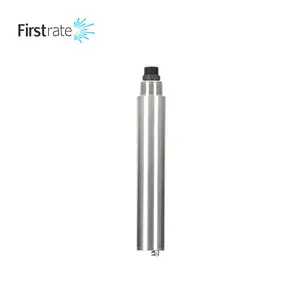

Large Measuring Range Water Quality Analysis Digital RS485 Water Turbidity Sensor And Turbidity Meter Water Analyzer






Foam analyzers are essential instruments in various industries, designed to assess the properties and behavior of foam. These devices are crucial for quality control and research and development, where understanding foam characteristics is vital. From the food and beverage sector to pharmaceuticals and cosmetics, foam analysis plays a pivotal role in product consistency and innovation.
The market offers a spectrum of foam analyzers, including the dynamic foam analyzer and the Ross Miles foam analyzer. Each type caters to different testing protocols and standards. Dynamic foam analyzers are typically used to measure the foamability and foam stability of liquids under dynamic conditions, while Ross Miles foam analyzers are often employed to assess foam height in accordance with specific industry standards.
Foam analyzers are integral in sectors where foam generation is a critical process or quality factor. The Kruss foam analyzer, for instance, is widely recognized for its precision in measuring foam decay rates and stability. Similarly, the Kruss DFA100 is renowned for its advanced features that allow for detailed analysis of foam behavior over time. These analyzers come equipped with features such as automated dosing, temperature control, and high-resolution cameras to capture foam formation and collapse.
Constructed from durable materials, foam analyzers are designed to withstand the rigors of continuous use in laboratory and industrial environments. The use of robust materials ensures longevity and consistent performance. The advantages of using a dynamic foam analyzer DFA100 include its ability to provide reproducible results, which is crucial for product development and quality assurance processes.
Selecting the appropriate foam analyzer requires an understanding of the specific testing needs. For instance, a Kruss dynamic foam analyzer might be the preferred choice for applications requiring detailed analysis under dynamic conditions. It is important to consider the specific features of each model, such as measurement range, sensitivity, and the ability to handle different sample volumes.
Incorporating a foam analyzer into a quality control system can significantly enhance the monitoring and improvement of product characteristics. The precision and reliability of these analyzers facilitate the detection of minute changes in foam quality, enabling timely adjustments in production processes to maintain product standards.